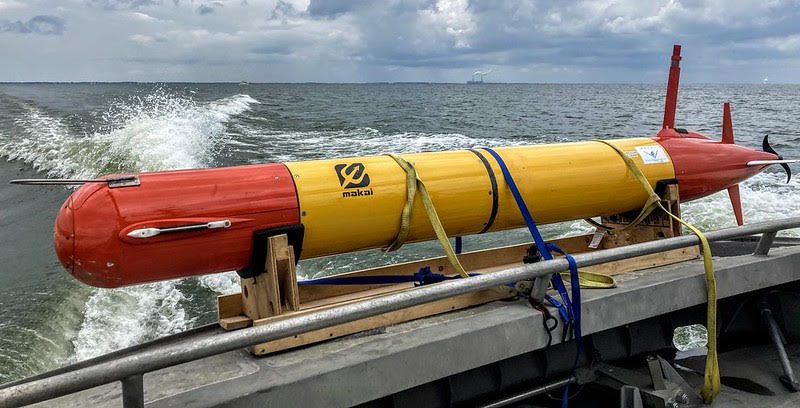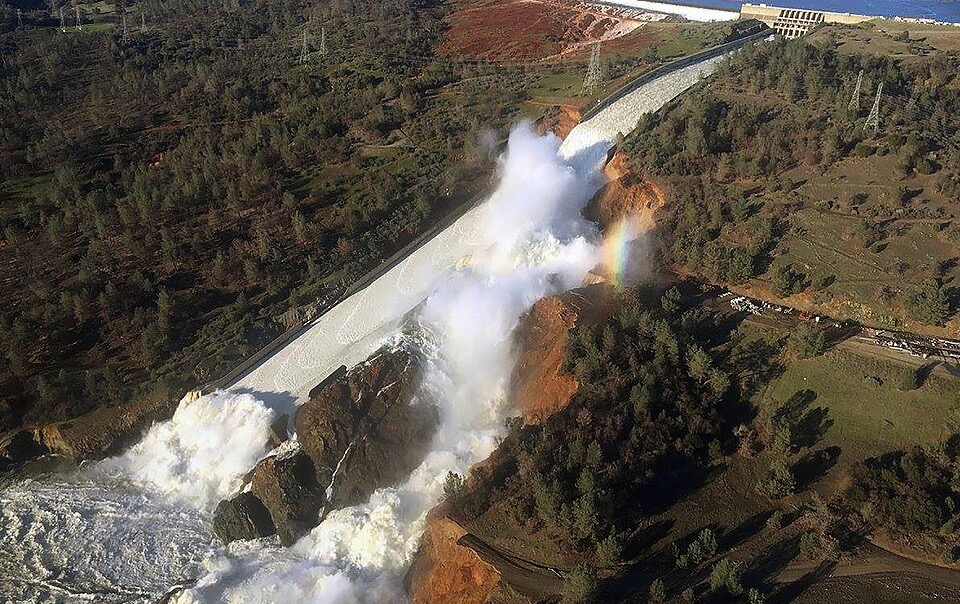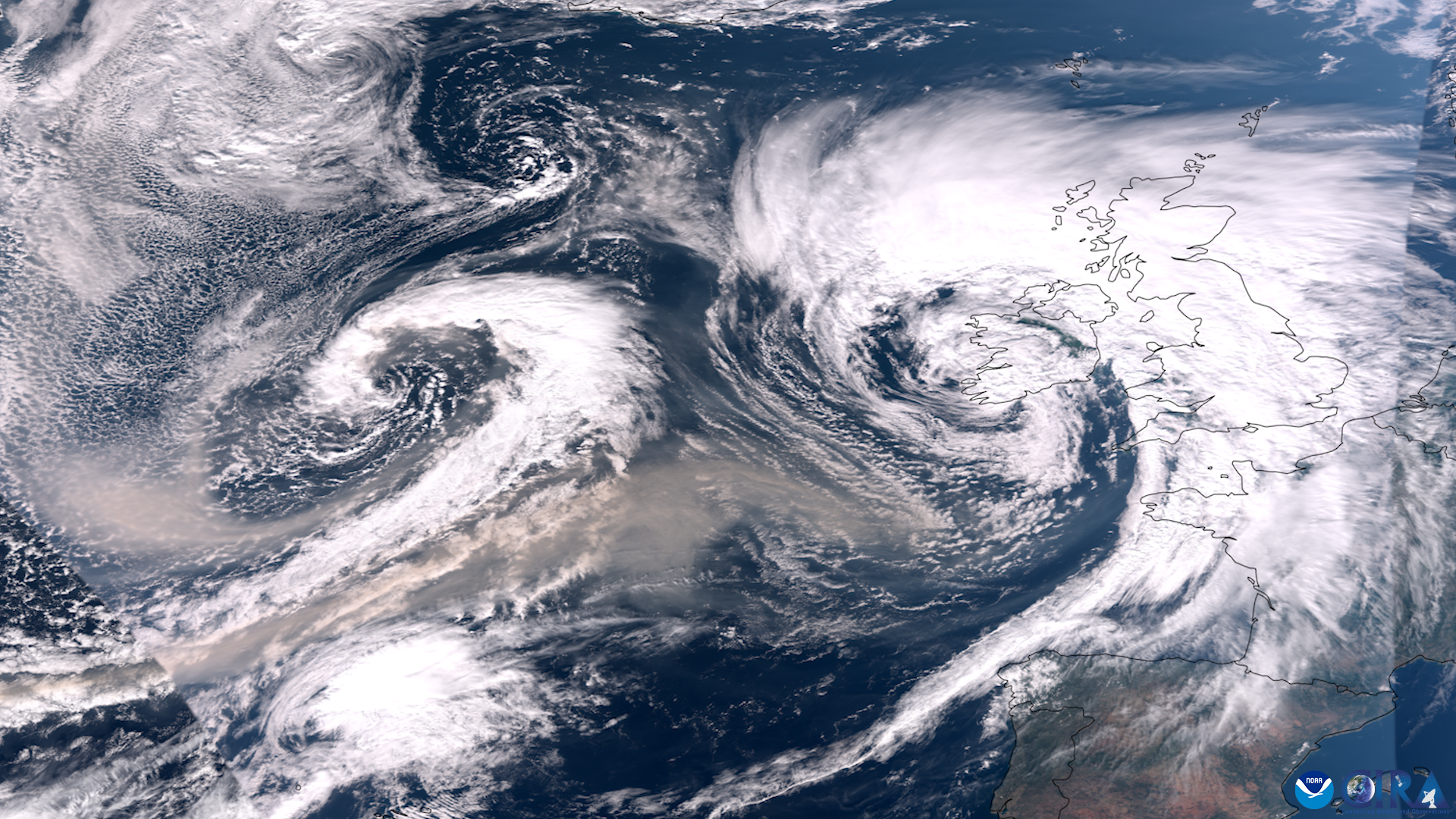Several of the labs and programs that make up NOAA Oceanic and Atmospheric Research are getting new names to better reflect their mission and contributions, thanks to a newly-announced reorganization effort.
The reorganization, approved by Congress on January 14, became effective on April 2, 2020. The changes are being made to improve workplace efficiency by positioning NOAA Research to meet recent shifts in its priorities to understand and predict the Earth system; develop technology to improve NOAA science, service, and stewardship; and transition results so they are useful to society.
“There is groundbreaking weather, climate, ocean and atmospheric research being conducted across NOAA's science enterprise,” said Craig McLean, NOAA Research Assistant Administrator. “This reorganization and elevation of the individual laboratories on NOAA's Boulder campus reflects their position and value to the American people and their respect in the international science community.”
NOAA Research’s labs and programs play a critical role in conducting and funding agency research. Here’s how some of them are changing with this reorganization:
– The four divisions of the Earth System Research Laboratory (ESRL) in Boulder, CO are being designated as full laboratories. The missions of the four labs—the Chemical Sciences Laboratory, Global Monitoring Laboratory, Global Systems Laboratory, and the Physical Sciences Laboratory—will stay the same, and the labs will continue to work closely with each other and the rest of the NOAA Research labs. These labs provide vital research aimed at understanding and predicting our planet’s atmosphere, climate and weather, and their upgrade to full laboratory status reflects how important this work is to NOAA.
– The Ocean Observing and Monitoring Division will be upgraded from a division to a program, with the new name of Global Ocean Monitoring and Observing Program (GOMO). Through the use of buoys, floats, autonomous platforms, drifters and more, GOMO partners with over dozens of countries around the globe to gather long-term, high quality data on the ocean’s health, which together with complementary research, provides critical information for ocean, weather, and climate forecasts.
– The Office of Weather and Air Quality will be renamed the Weather Program Office (WPO) to better reflect the office’s mission of supporting weather research to save lives, reduce property damage, and enhance the national economy.
These name changes are among several other organizational changes occurring within NOAA Research to improve the effectiveness and organization of our research. This reorganization reflects NOAA Research’s forward-looking 2020-2026 strategy. Please visit the NOAA Research website to learn more about how our labs, programs, and Cooperative Institutes carry out our research mission.



